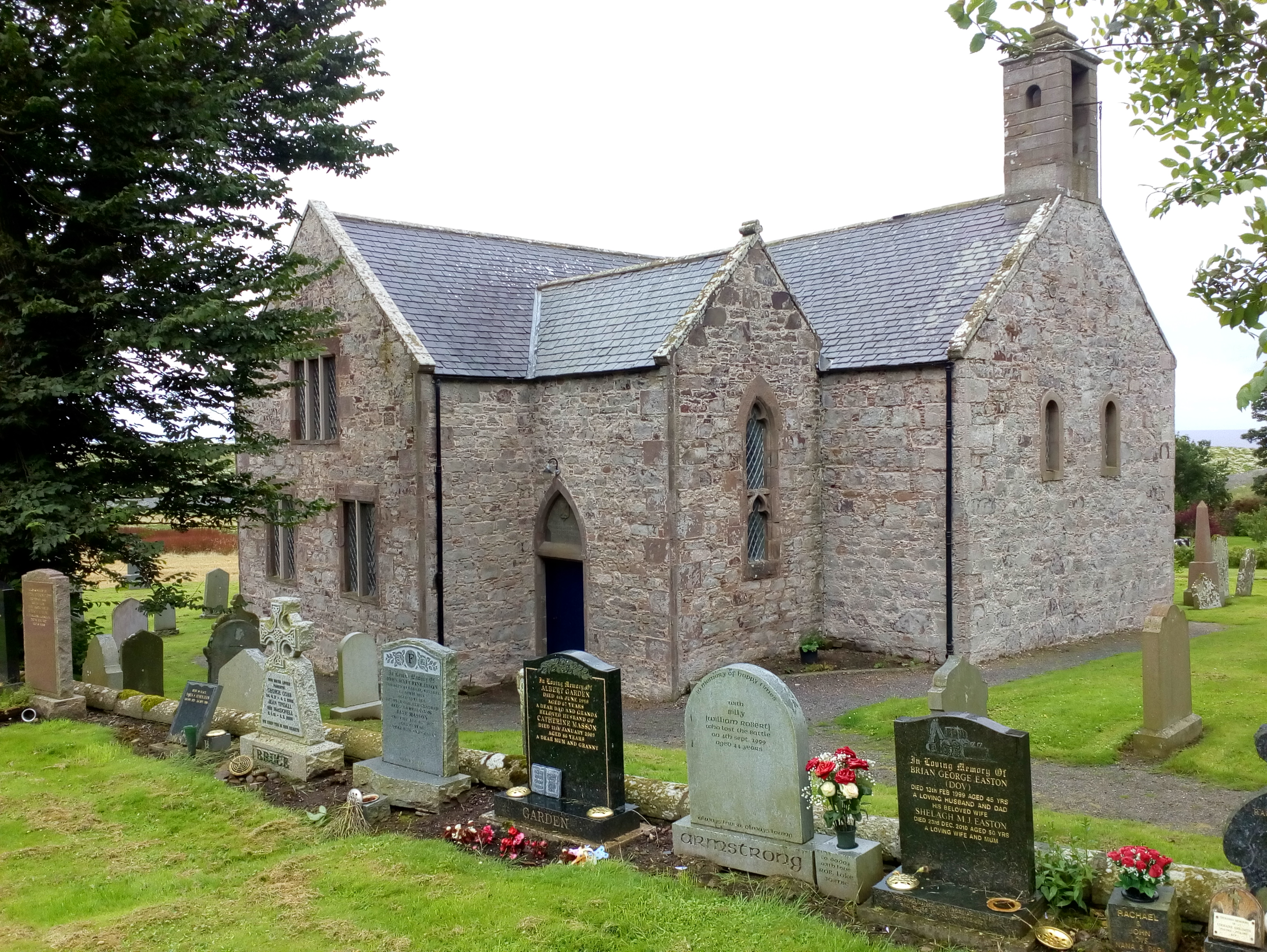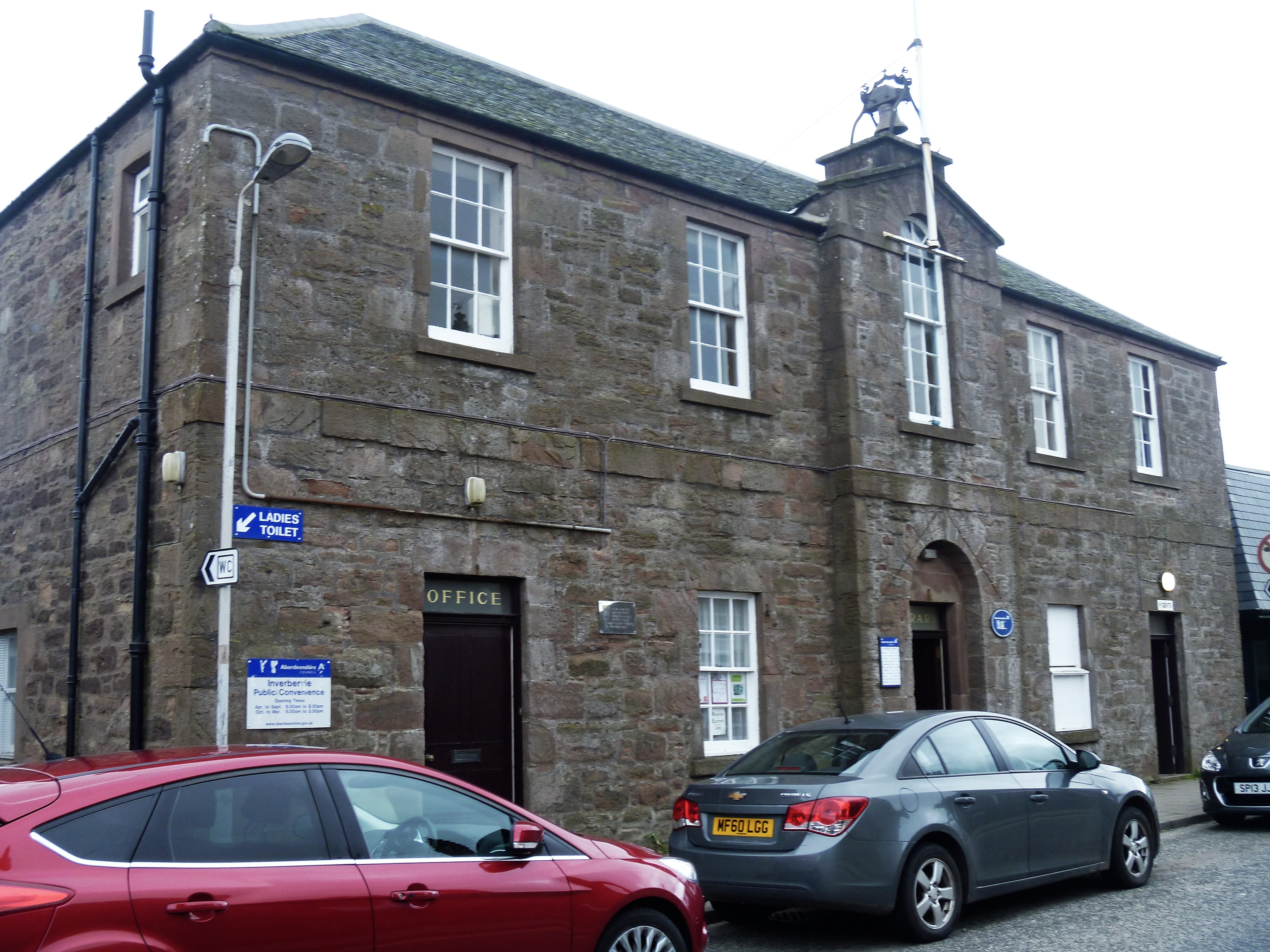Close Cadden
Coastal Feature, Headland, Point in Kincardineshire
Scotland
Close Cadden

Close Cadden is a prominent headland located in Kincardineshire, Scotland. Situated along the coast, it stands as a defining feature of the region's landscape. Rising majestically from the surrounding cliffs, Close Cadden boasts breathtaking views of the North Sea and the rugged coastline.
This headland is characterized by its steep and rocky cliffs, which provide a natural barrier against the crashing waves below. The cliffs are composed of various rock types, including sandstone and shale, which have been shaped by erosion over countless years. At the pinnacle of Close Cadden, the land flattens out, forming a plateau that offers a panoramic vista of the surrounding area.
The headland is known for its diverse flora and fauna, with seabirds such as gulls and fulmars nesting on the cliffs. The surrounding waters are home to a variety of marine life, including seals and dolphins, which can often be spotted from the headland.
Close Cadden is a popular destination for hikers and nature enthusiasts, who are drawn to its rugged beauty and peaceful atmosphere. A network of walking trails allows visitors to explore the headland and discover its hidden treasures. The headland also offers opportunities for rock climbing and birdwatching.
Due to its exposed location, Close Cadden is subject to strong winds and rough seas, making it a challenging place to navigate for boats and ships. However, its natural beauty and unique geological features make it a must-visit location for anyone exploring the coastal wonders of Kincardineshire.
If you have any feedback on the listing, please let us know in the comments section below.
Close Cadden Images
Images are sourced within 2km of 56.865071/-2.2332788 or Grid Reference NO8574. Thanks to Geograph Open Source API. All images are credited.




Close Cadden is located at Grid Ref: NO8574 (Lat: 56.865071, Lng: -2.2332788)
Unitary Authority: Aberdeenshire
Police Authority: North East
What 3 Words
///speeded.glorified.rivals. Near Inverbervie, Aberdeenshire
Nearby Locations
Related Wikis
Kinneff
Kinneff is a roadside hamlet in Aberdeenshire, Scotland, just north of Inverbervie. To the north lies another hamlet, Catterline. Kinneff also has a primary...
Bervie Water
Bervie Water (Scottish Gaelic: Uisge Bhiorbhaigh) is a river in Aberdeenshire, Scotland which rises in the Drumtochty Forest and flows across The Mearns...
Inverbervie railway station
Bervie railway station served the town of Inverbervie, Aberdeenshire, Scotland from 1865 to 1966 on the Montrose and Bervie Railway. == History == The...
Inverbervie Town House
Inverbervie Town House is a municipal structure in Church Street in Inverbervie, Aberdeenshire, Scotland. The structure, which is primarily used as a public...
Nearby Amenities
Located within 500m of 56.865071,-2.2332788Have you been to Close Cadden?
Leave your review of Close Cadden below (or comments, questions and feedback).

















